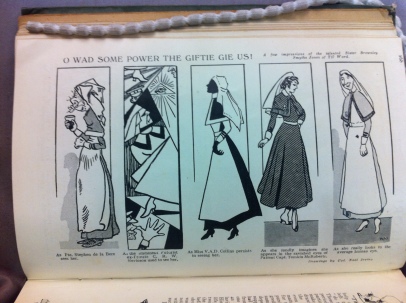Zeppelin raids over Britain, although they had not yet touched Wandsworth, were having effects, with a large increase this week in reported prosecutions for having bright lighting. The last time a Zeppelin had successfully attacked London was October 1915, but in March and April there had been several unsuccessful attacks – unable to reach London, Zeppelins had bombed other parts of the country instead. The Defence of the Realm Act 1916 had brought in powers to restrict lighting, amongst other things, and over the last few months the local councils had dealt with issues relating to the restrictions. This included considering whether or not kerbs should be whitened to make them easier to see (Wandsworth Council, April 1915), and carrying out works to comply with the new regulations (Battersea Council, October 1915).
The local papers usually report one or two prosecutions, but the South Western Star of 28 April had almost half a page with details of them all.
James Collins was prosecuted for failing to shade a light from his kitchen window in Sheepcote Lane. When spoken to, he said he “was just doing a bit of reading” – the window was at the back and perhaps, like Henrietta Swash of Haldon Road, he hadn’t realised he was meant to shade back lights. Both were fined 20 shillings.
Several people blamed others for the light. William Hampton, of Railway Wharf, said that his clerk had forgotten to draw the blinds on the office window and a motor shed. Arthur Whitney of Bridge Wharf, Wellington Road, said that the office boy had forgotten to draw the blinds on his office. Whitney was fined 10s but Hampton was fined 40, presumably because more lights were visible in his case. Fanny Self, who ran a boarding school on Nightingale Lane, was also fined 10s after the children had gone into a room and switched the lights on without drawing the blind.
It seemed that many people blamed their servants for the lights showing, to the extent that magistrate Mr Garrett suggested that “In many cases I find the person really to blame is a servant. In these cases, I think the police should summon the person really responsible”. Despite that, Mr Gamble was fined 10s. Given that a maid’s wages (from the Situations Vacant column of the paper) were advertised as £18-20 a year, or sometimes 5s shillings a week, it was probably just as well for the maid that it was her employer who was fined.
South Western Star, available on microfilm











